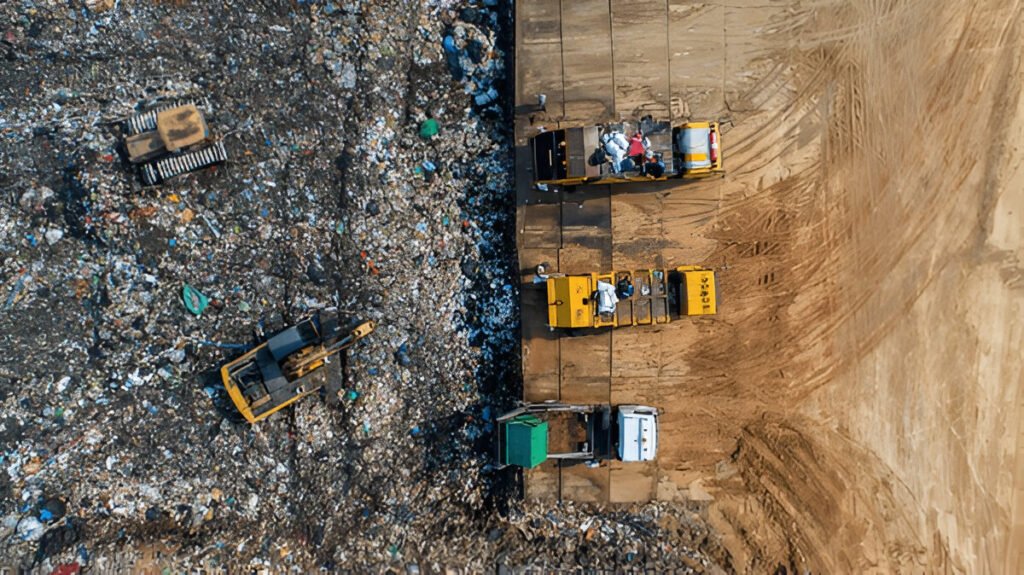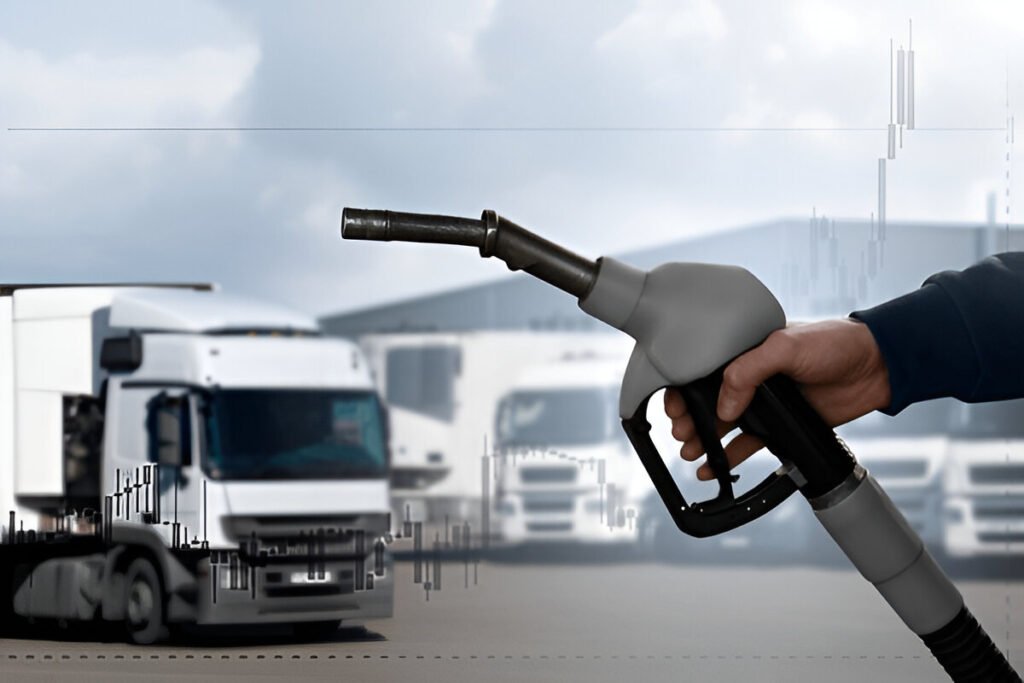
Do you know that a grown-up human yearly emits 0.33 metric tons of CO₂ per year through inhalation? Have you ever heard of considering this source in the carbon foot print calculation of an organization? Think of a company having 5000 works. Now calculate the total emission from their inhalation, its 1,650 tCO2 per year. It’s not so low compared to other sources. Now why is this not been considered let’s talk about that.
Reason 1: Human Respiration is part of the Natural Carbon Cycle
Example: A cow eats grass 🌱 → The cow’s body stores carbon → A human eats beef 🍖 → The human exhales CO₂ → Plants absorb the CO₂ again.
This is different from burning fossil fuels, which releases carbon stored underground for millions of years into the air, increasing atmospheric CO₂ levels.
Reason 2: Only fossil carbon emissions are counted
Imagine pouring water from one glass to another—no extra water is added. But if you pour water from a reservoir that has been stored for thousands of years (like fossil fuels), you are increasing the overall water level in the system.
But there are a lot more other sources of carbon emissions which are significant but often overlooked or missed in the carbon footprint calculation. While Scope 1 and Scope 2 are relatively straightforward, Scope 3 is often underreported due to its complexity. This article will help as a guide for those who are starting to calculate Scope 3 Carbon Emission and be aware of some major sources which are often overlooked. Here are some commonly ignored or underestimated sources of emissions:

Work-from-Home (WFH) Energy Use
Many companies now have remote workers, but home office energy use is often ignored. Employees still consume electricity, heating, and cooling while working remotely. Think of this, if 100 employees are working from home and using light, fan or ac for 8 hours how much more energy consumption is happening compared to an office where all 100 employees are sitting in one place and sharing the electricity.
Employee Lifestyle & Consumption
The impact of employee expenses reimbursed by the company (e.g., personal vehicle fuel for business trips) is often untracked. Company-sponsored wellness programs, gym memberships, and corporate events can also have hidden emissions.
Company-Sponsored Meals & Snacks
Food purchases for employees (canteens, lunch programs, coffee machines) contribute to emissions but are rarely reported. If the company feeds employees high-carbon footprint food (e.g., beef-based meals) instead of lower-carbon alternatives (e.g., plant-based meals), then it does have a higher carbon impact compared to a company that does not provide meals or provides low-carbon options.

Cloud Computing & Data Storage
Businesses rely on cloud services (AWS, Google Cloud, Microsoft Azure), which consume large amounts of electricity in data centers. These emissions fall under Scope 3 – Purchased Services but are often unaccounted for.
Internet & Website Operations
Hosting a website requires server power, cooling, and networking infrastructure, yet most companies ignore it. A single webpage can generate millions of views per year, contributing significantly to emissions. For example, if a website has 100 page and each page has 2.3 MB size (usual average page size) and has 10,000 visitors per month it will have 165.6 kg CO₂ emission per year.
Software & AI Usage
AI model training and large-scale data processing (e.g., ChatGPT, automated analytics) require massive computing power, generating emissions. The carbon footprint of AI and blockchain operations (cryptocurrency transactions, NFTs) is growing but rarely tracked.
Customer Use of Products
Many companies don’t track the emissions when customers use their products (e.g., the energy required to run electronics, washing machines, cars). This is part of Scope 3 – Category 11 (Use of Sold Products), but most businesses ignore it unless required by regulations.
Disposal & Recycling of Products
End-of-life disposal, landfill emissions, and recycling energy use are often left out. Some companies claim their products are “recyclable” but don’t track whether customers actually recycle them.

Packaging Waste
The emissions from single-use plastic or excessive packaging are often underestimated. Even sustainable alternatives (e.g., paper packaging) have a footprint, but this is often ignored.
To know details about how to calculate Product Lifecycle from Cradle to Grave read this article How to calculate Product Lifecycle from Cradle to Grave

Raw Material Extraction & Processing
Some companies calculate emissions only from their direct suppliers but ignore deeper supply chain tiers (e.g., mining raw materials, refining metals).
Third-Party Logistics & Warehousing
If a company outsources storage and distribution, these emissions are often missed from Scope 3. Warehouses, trucks, and ships consume fuel and electricity but may not be included in the calculation.
Purchased Services (Outsourced Work, Consultants, Freelancers)
Companies hire contractors, agencies, and consultants, whose emissions (e.g., travel, energy use) are not always accounted for.
Banking & Investments
Corporate cash, loans, and investments fund industries that generate emissions (e.g., fossil fuels, deforestation). Many companies ignore the carbon footprint of their financial activities, even though investments have a massive impact.
Pension Funds & Employee Benefits
If a company contributes to an employee pension fund that invests in high-carbon industries, these emissions are rarely disclosed.
Carbon Offsets & Greenwashing Risks
Some companies claim to be “carbon neutral” through offset purchases, but the effectiveness of carbon offset projects (e.g., tree planting) is often not verified properly.

Many companies focus on easier-to-measure emissions (Scope 1 & 2) while ignoring or underestimating Scope 3 emissions in areas like:
Why does this happen?
Future Improvements?
To calculate your carbon footprint, please Contact Us.